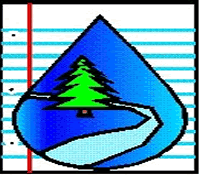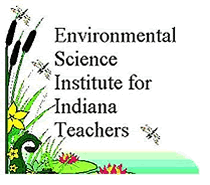Education Research
Geoscience education was a subject not formally taught in many k-12 schools until recently. Changes in the National Science Education Standards (NSES) have advocated and strengthened the geoscience portion of the standards in the last few years as environmental issues have received increasing media attention. These issues (especially those that are located locally) provide students and teachers with exciting opportunities to perform inquiry-based learning on environmental issues that are of direct impact to the community. Since our attitudes and beliefs regarding the environment are largely based on our culture and local experiences, it is of growing interest to see how different areas on a national and international scale educate students about the environment.
Current Research
Study of Singapore Students' Environmental Knowledge and Ecological Worldviews
|
Creating Internet GIS Applications to Enhance Student LearningE-Enterprise Center has the goal of locating and redeveloping brownfields in Indiana. Students are sent to locate brownfields in the area, and then Anoop develops Internet GIS applications using GIS, aerial photographs and various data layers. The new GIS technology integrates a webserver and servelet connector with GIS, ArcIMS (Internet Map Server) and ArcSDE (Spatial Database Engine) to enable students to log into their portal, locate, add and save their brownfield plot online. The students are then responsible for generating a proper map of brownfield localities, which are ultimately sent to EPA.
|
ENVISION
The geomorphology lab, in conjunction with Purdue University has participated in several projects to provide teachers with: 1) exposure to cutting-edge research, 2) the opportunity to complete a group research project, and 3) the chance to reflect, implement and assess team-based research in their own classrooms. ENVISION was the main tool used to achieve the above agendas, and it is running from 2000 to 2005. The Indianapolis and West Lafayette Projects are similar in nature to ENVISION. <more>
|
E. Coli Education Project
E. Coli inquiry-based education materials for middle school
|
Indianapolis Project 1999-2000
|
West Lafayette Project 1999-2000
Environmental Science Institute for Indiana Teachers
|
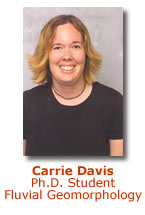
 In an attempt to assess students' knowledge and attitudes about the environment, a short study was conducted by Bryan Wee and Dr. Jon Harbor at Naval Base Secondary School during the first week of the academic year in Singapore. Naval Base Secondary is a public school that serves the neighborhood in Yishun and is considered the equivalent of an inner-city school in the USA. The study was conducted by assessing 80 eighth grade students, who had just completed a semester in geography the year before, regarding their understandings of environmental issues. Students were asked to complete a series of draw-and-explain tasks as well as some open-ended questions. Based on these responses, several students were selected for a personal interview in order to validate students' responses on the assessment pieces and to gain an in-depth understanding of their environmental perceptions. Data from this study will be used to analyze multicultural issues in environmental education, specifically between Chinese and Malay students in Singapore. A comparison will also be drawn between Singapore-US students, as well as a separate analysis on environmental education in US schools.
In an attempt to assess students' knowledge and attitudes about the environment, a short study was conducted by Bryan Wee and Dr. Jon Harbor at Naval Base Secondary School during the first week of the academic year in Singapore. Naval Base Secondary is a public school that serves the neighborhood in Yishun and is considered the equivalent of an inner-city school in the USA. The study was conducted by assessing 80 eighth grade students, who had just completed a semester in geography the year before, regarding their understandings of environmental issues. Students were asked to complete a series of draw-and-explain tasks as well as some open-ended questions. Based on these responses, several students were selected for a personal interview in order to validate students' responses on the assessment pieces and to gain an in-depth understanding of their environmental perceptions. Data from this study will be used to analyze multicultural issues in environmental education, specifically between Chinese and Malay students in Singapore. A comparison will also be drawn between Singapore-US students, as well as a separate analysis on environmental education in US schools.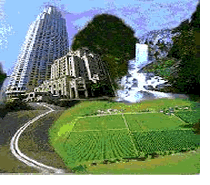 Funding Source: NSF
Funding Source: NSF 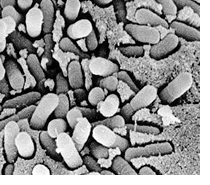 Funding Source: USDA/EPA
Funding Source: USDA/EPA 